Learn how to make paddlefish caviar with a few simple steps to create a delicious and luxurious treat that you'll be proud to serve to your family and friends.
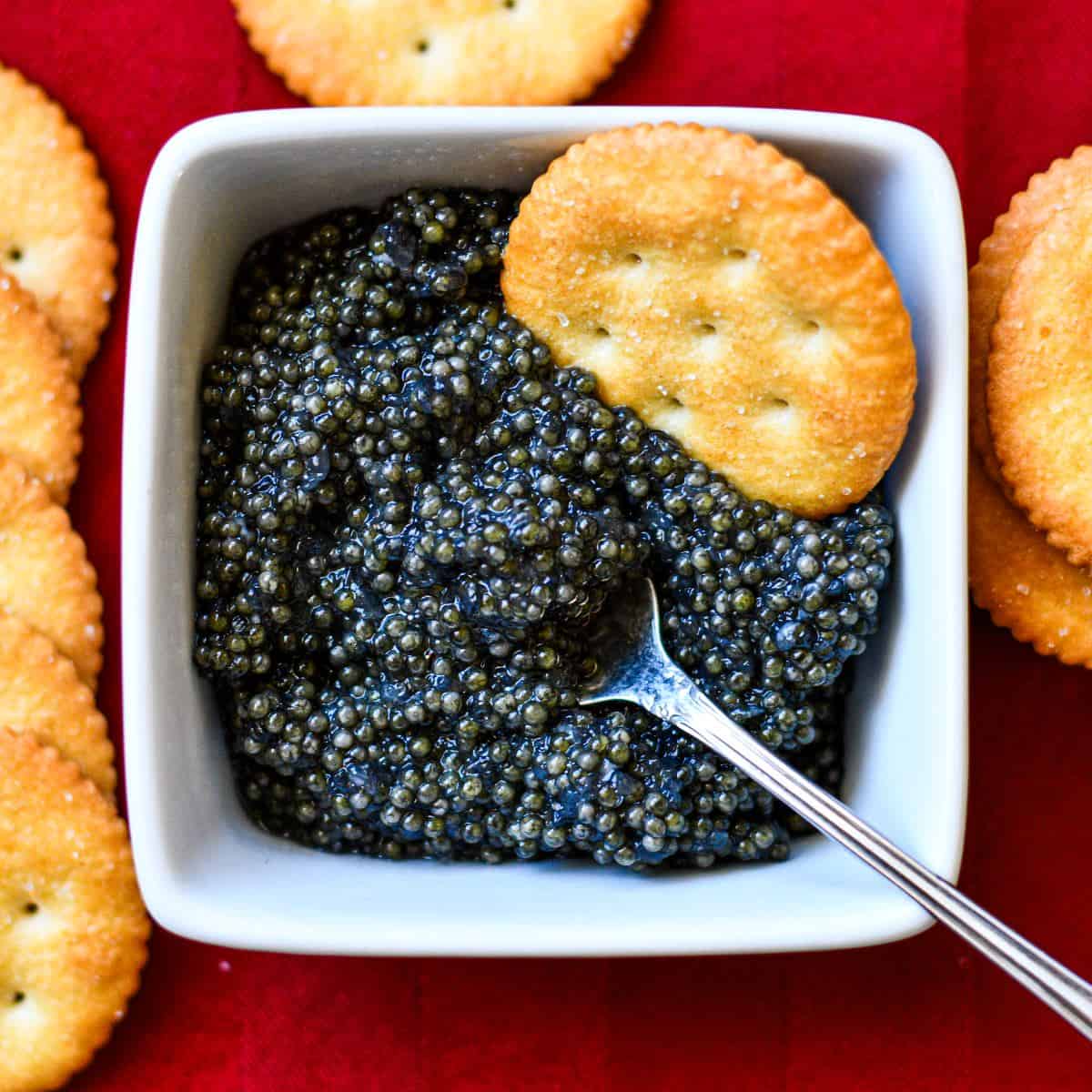
There’s something magical about catching a giant paddlefish, then transforming its roe (eggs) into caviar. Paddlefish caviar is a delicacy that’s easier to make than you might think. With the right technique, patience, and a bit of care, you can create a stunning appetizer for your table.
Whether you’re hosting a dinner party or enjoying an intimate date night, homemade paddlefish caviar will impress whoever is lucky enough to try it.
In this post, I’ll guide you through how to make paddlefish caviar. I'll also share tips to ensure your roe (eggs) turns out perfectly every time.
Why Make Your Own Caviar?
Homemade caviar is a unique experience that connects you to your food in a special way. It’s a celebration of fresh ingredients and traditional methods. When you make your own caviar, you control the quality, texture, and flavor. Store-bought options often come with a hefty price tag, with sturgeon caviar available on Amazon for about $100/ounce. Beluga caviar will run you about $200/ounce.
Making your own paddlefish caviar is much more cost-effective and incredibly rewarding. If you aren't lucky enough to live in North Dakota, you can purchase both a non-resident fishing license and a paddlefish tag for around $75.
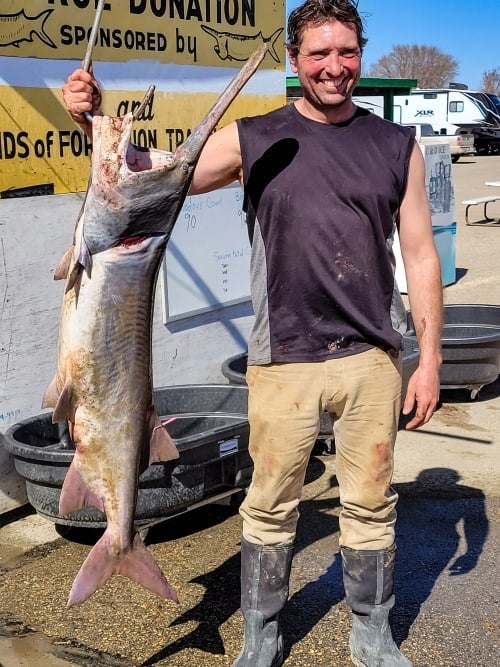
Paddlefish roe offers a mild, buttery flavor that’s perfect for a range of "caviar recipes." Pair it with blinis, dollop it over scrambled eggs, or serve it on twice baked baby potatoes. Once you learn how to make caviar, you’ll realize it’s as much about the process as it is about the product.
Ingredients For Paddlefish Caviar
To make paddlefish caviar, you only need two ingredients and some basic kitchen tools. Simplicity is key:
- 1 fresh skein or roe from one Paddlefish (caught within 72 hours)
- 1 cup salt
That’s it! The magic happens in the technique.
How to Make Caviar
Step-by-Step Instructions
1. Prepare the brine: In a medium saucepan over high heat, combine 1 cup of salt with 10 cups of water. Stir with a whisk until the salt dissolves completely. Remove the pan from heat and let the brine cool to room temperature.
2. Set up your workspace: Place a large bowl in the kitchen sink and fill it with warm water. Set a plastic colander into the bowl. Plastic is gentler on your hands while working with the delicate eggs.
3. Soften the membrane: Place the skein of paddlefish roe in the colander. The warm water will help shrink the outer membrane, making it easier to release the eggs.
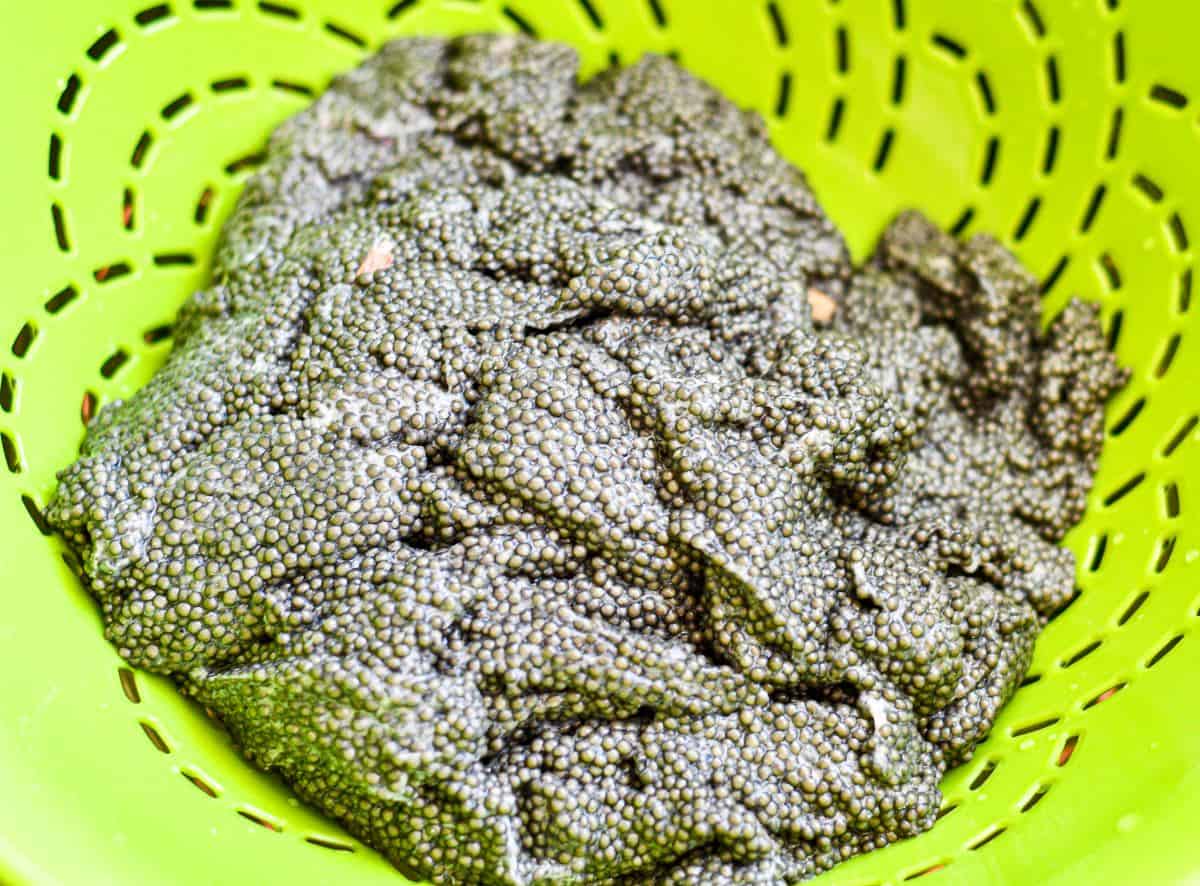
4. Separate the eggs: Use your fingers to gently break up the roe and push the eggs through the colander’s holes. Discard any membrane or tissue left behind in the colander.
5. Rinse and clean: Pour off any cloudy water from the bowl holding the eggs, being careful not to lose any. Wipe out the colander, then place it in a clean bowl filled with warm water. Repeat the process to remove any remaining bits of membrane or tissue until you have a clean bowl of roe.
6. Brine the eggs: Drain the water from the clean roe and transfer the eggs to a dry bowl. Add the brining liquid, stir gently, and let the eggs sit for about 2 ½ minutes. Taste as you go; the longer they sit, the saltier they will become.
7. Dry the caviar: Drain the brining liquid through the colander, then spread the eggs in a single layer on a paper towel-lined baking sheet. Let them air dry until they reach your desired texture.
8. Store your caviar: Transfer the eggs to 4-ounce glass jars with tight-fitting lids. Store in the refrigerator for up to two weeks.
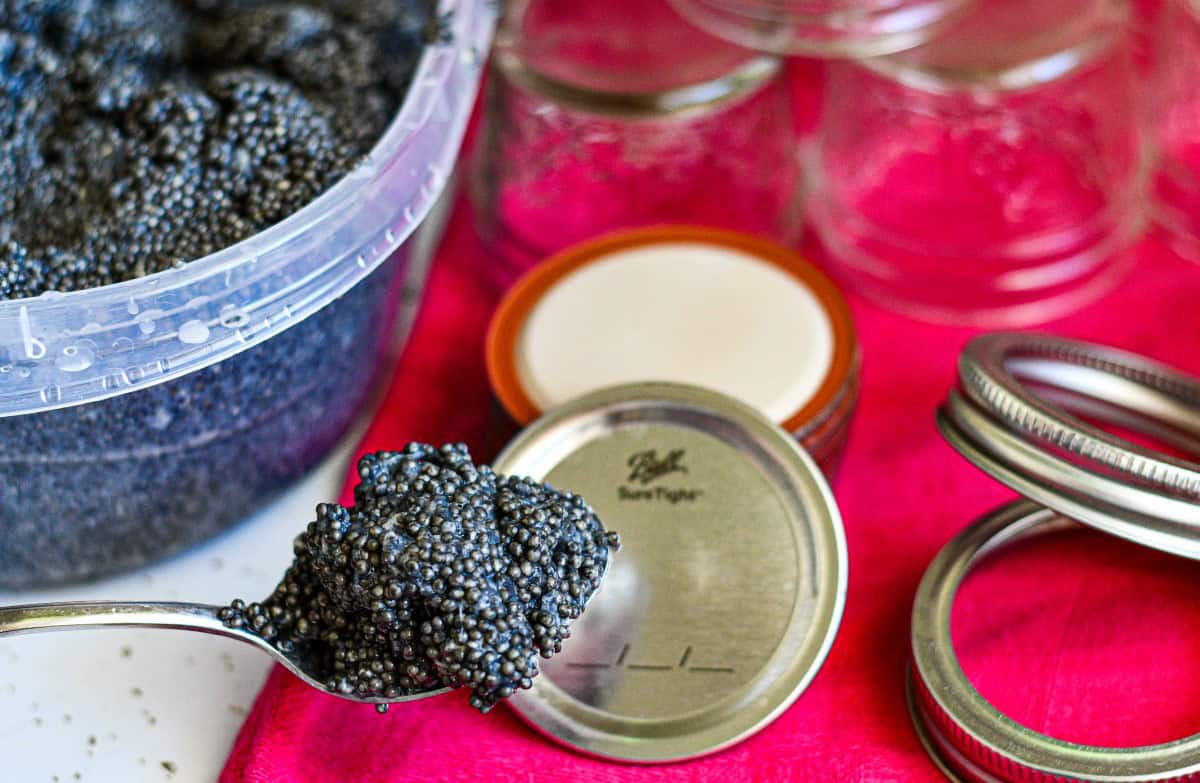
Tips For Success
- Freshness is key: Use roe from a paddlefish caught within 72 hours for the best results. Fresh roe yields the best flavor and texture.
- Taste as you go: Brining time affects the flavor. Do NOT ruin it and let the little eggs sit in a brine for more than a few minutes. It will become way too salty!
- Work gently: Handle the eggs carefully to preserve their delicate structure.
How To Serve Paddlefish Caviar
Caviar is more than a garnish; it’s a little salty treat. Knowing how to eat caviar enhances your enjoyment. Serve it chilled on a non-metallic spoon (mother-of-pearl is traditional). Pair it with simple accompaniments like toast points, sour cream, or blinis. For a classic presentation, add a touch of chopped egg and minced onion.
Paddlefish caviar also works beautifully in recipes. Try it on top of Twice Baked Potatoes, as a topping for seared scallops, or in a creamy pasta sauce. Its versatility makes it a star ingredient in lots of different caviar recipes.
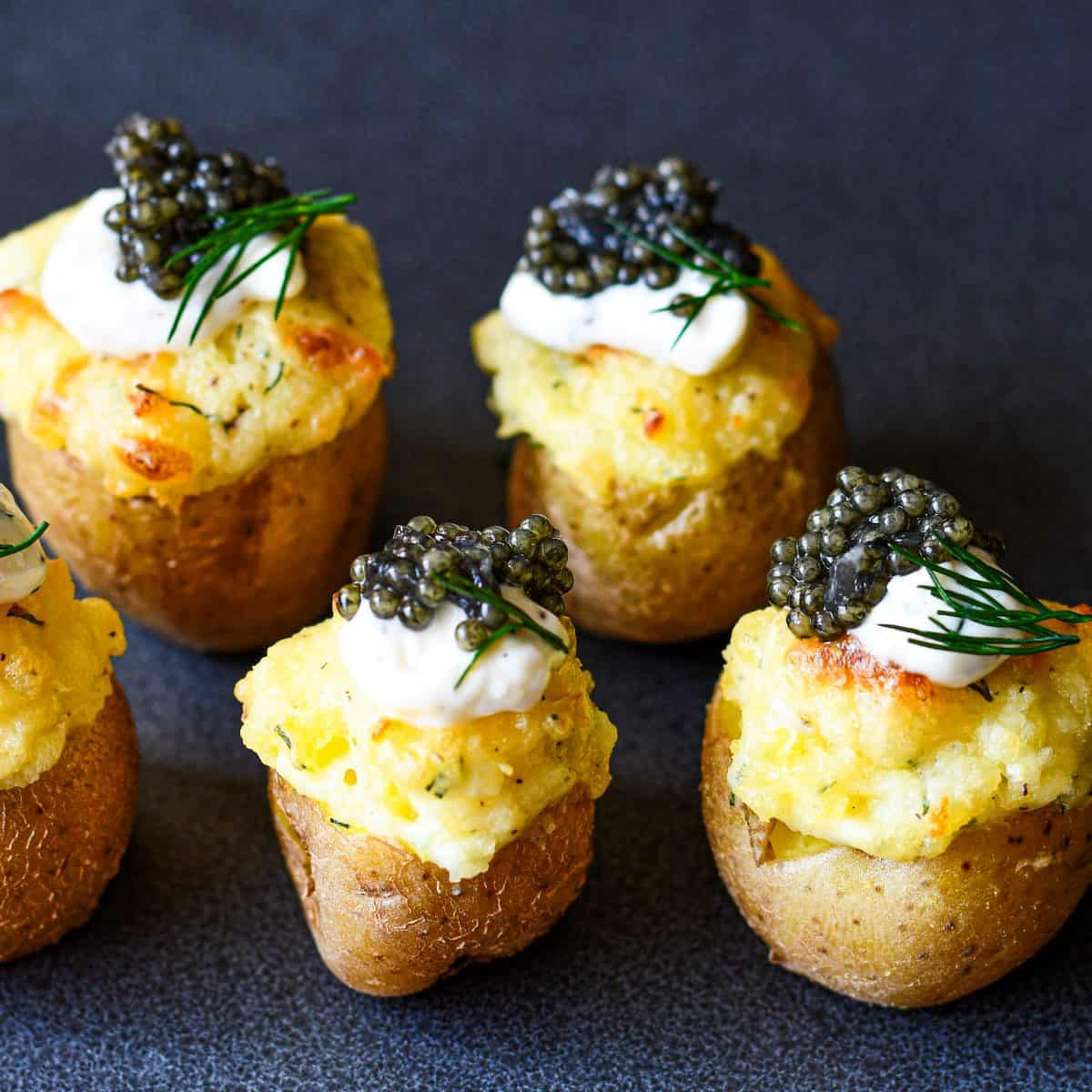
Come Catch A Paddlefish In North Dakota
If you are headed our way to catch a paddlefish in North Dakota, get all the information you need on season dates and regulations here at the North Dakota Game & Fish Department website.
Join Our Wild Game Cooking Community
Sign up here to receive a new recipe in your email inbox every Tuesday morning!
DID YOU MAKE THIS RECIPE
If you make this Caviar Recipe, tag @wildgameandfish so I can share it on my Instagram stories.
Did you enjoy this Caviar Recipe? Be sure to leave a 5-star rating RIGHT HERE!
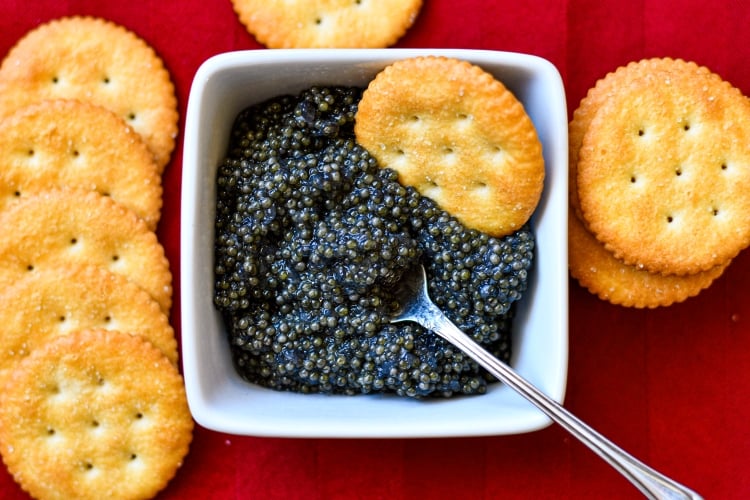
How to Make Paddlefish Caviar
Ingredients
- 1 fresh skein or roe from one Paddlefish (caught within 72 hours)
- 1 cup salt
Instructions
- In a medium saucepan over high heat, add 1 cup of salt to 10 cups of water. Stir with a whisk until salt is fully dissolved, then remove from heat and let cool to room temperature.
- Meanwhile, set a large bowl in the kitchen sink, fill it with warm water and set a colander into it. I prefer using a plastic colander because it's gentler on my knuckles and fingers when breaking up the fish eggs.
- Place the skein of paddlefish roe inside the colander and allow the warmth of the water to help shrink the outside membrane of the skein and free up some of the eggs.
- Slowly pour off any cloudy water from the top of the bowl now holding the roe, being careful not to lose any precious paddlefish eggs down the drain. Now wipe out the colander so it's nice and clean, then place it into a new clean large bowl in the sink, fill it with warm water, and repeat the process again, picking out any remaining bits of membrane or tissue so you are left with a nice clean bowl of roe.
- Carefully drain the water and transfer the roe to another clean dry bowl. Add the brining liquid, gently stir, and allow to sit for about 2 ½ minutes. The longer you leave it in the brine, the saltier it will taste.
- Drain off the brining liquid through a colander, then transfer the eggs to a paper towel-lined rimmed baking sheet and gently spread them out into a single layer to dry.
- Place the roe in 4-ounce glass jars with tight-fitting lids and store it in the refrigerator for up to 2 weeks.
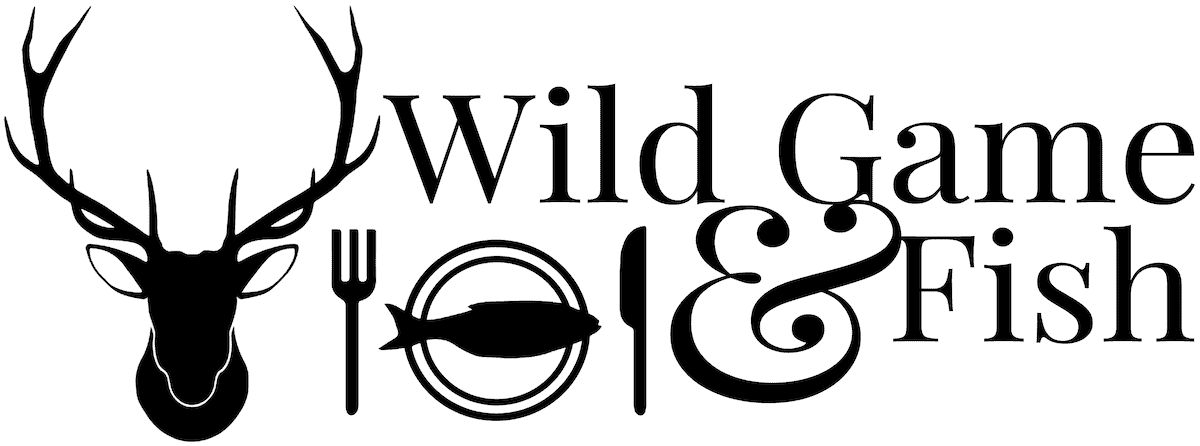

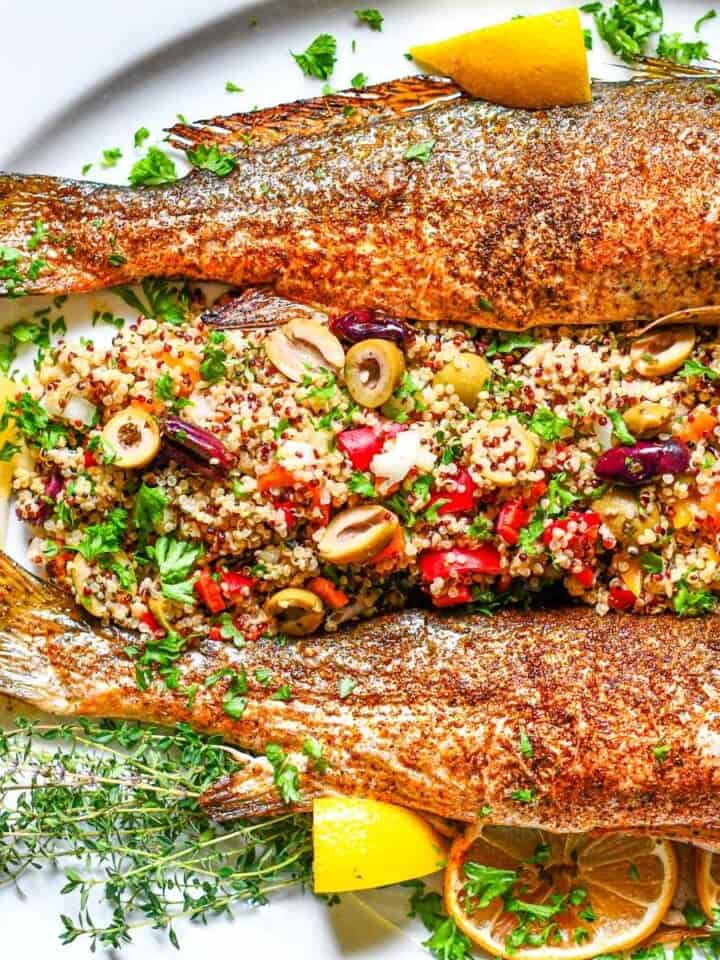
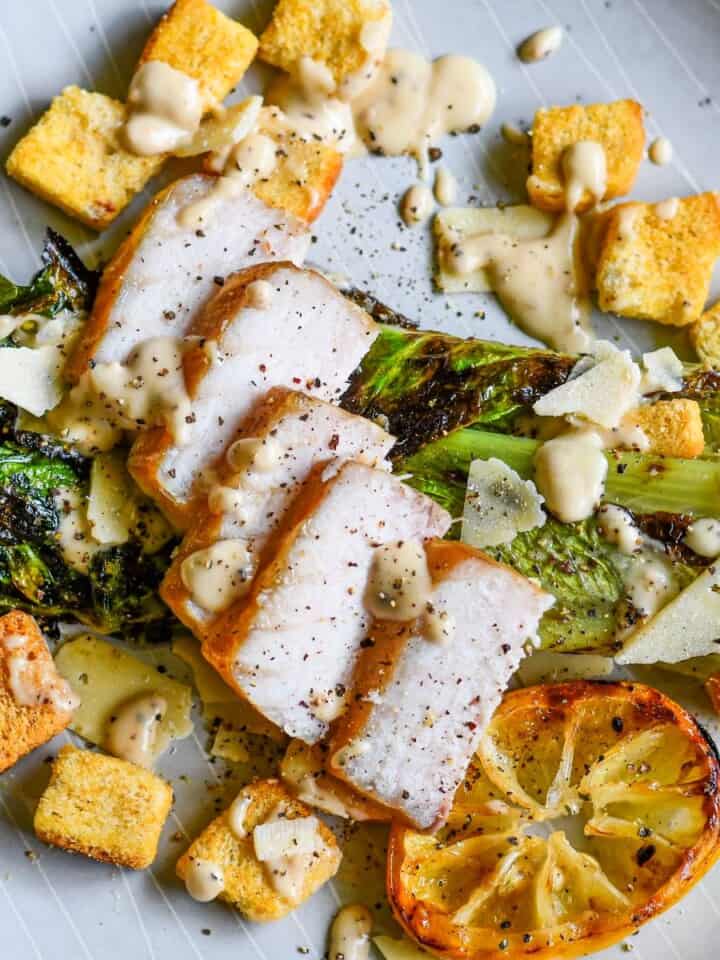

Leave a Reply